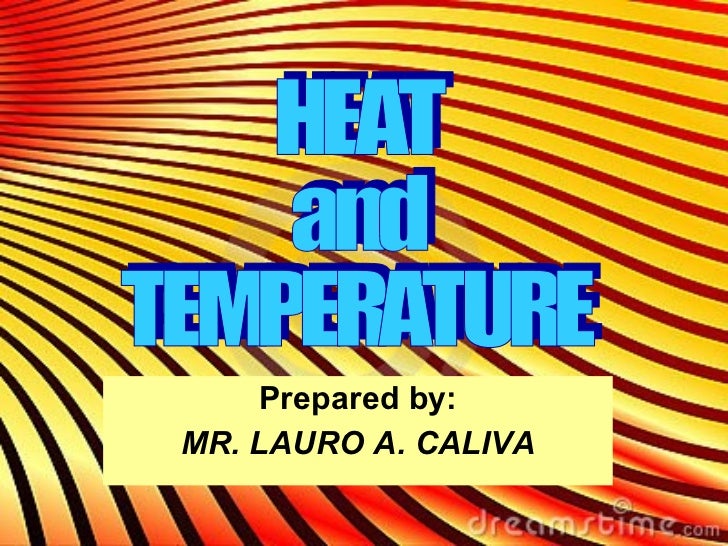


Both of these seem to be correct, as in the first case we are considering the work done by the system on the surroundings, and in the second case we are considering the work done on the system by external forces. I take no credit for this writing The source for this is the 2019 lecture notes for Caltech's Ph12c Stat Mech class taught by David Simmons-Duffin. The first law of thermodynamics in the physics point of view is: U Q W, and in the chemistry perspective is: U Q + W. Thus, heat engines operating irreversibly have a lower energy conversion efficiency $W/Q_h\leq \eta_C$. PROBLEM SOLVING STRATEGIES FOR THERMODYNAMICS Examine the situation to determine whether heat, work, or internal energy are involved. This is important, this is something you have to know. We may infer from this discussion that, because some pushing power is wasted when $\mathbf. So for an isothermal process, not only is T0, but more importantly, in terms of the First Law of Thermodynamics, U is also equal to 0. We cannot obtain more work than for the reversible process because increasing the external pressure even infinitesimally at any stage results in compression. "More work is obtained when the expansion is reversible because matching the external pressure to the internal pressure at each stage of the process ensures that none of the system’s pushing power is wasted. Equation of state of a perfect gas, work done on compressing a gas. Reversible work is greater than irreversible work and the examples given in the book are isothermal reversible work and isochoric irreversible work. Unit 9 Behaviour of perfect gas and kinetic theory.


 0 kommentar(er)
0 kommentar(er)
